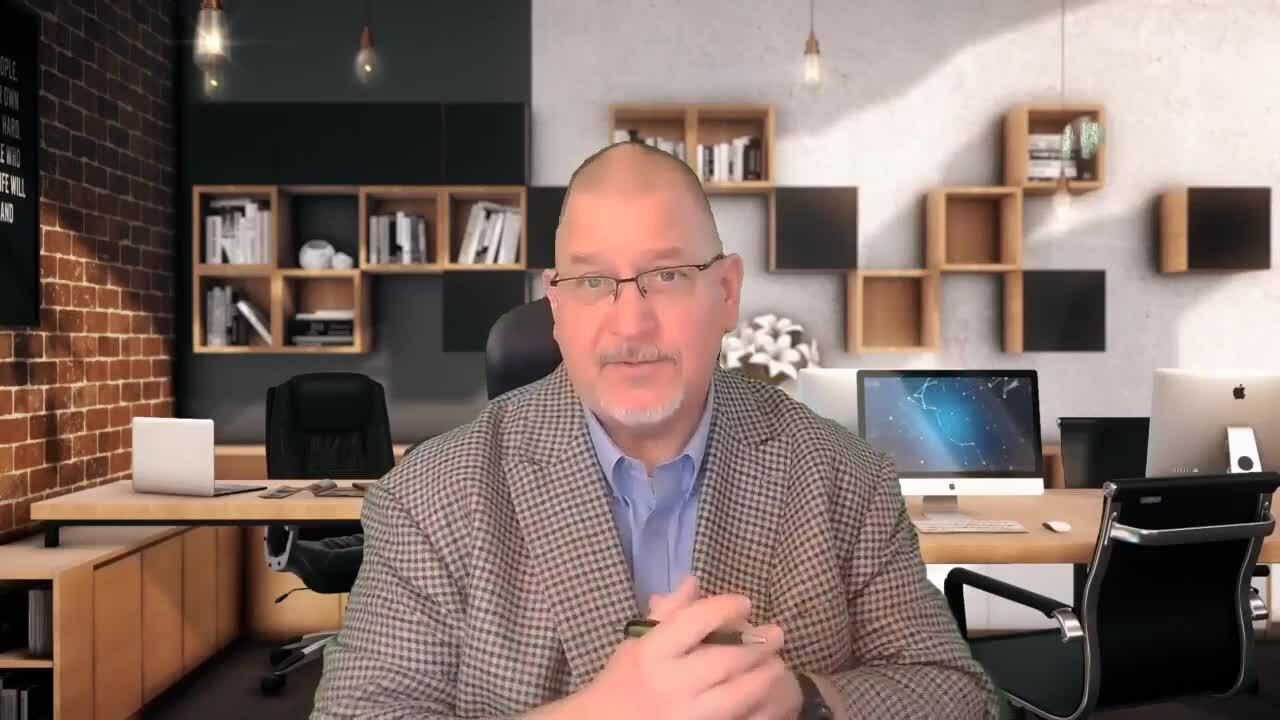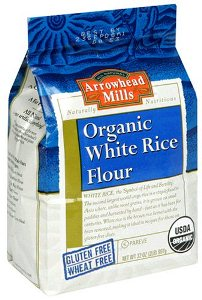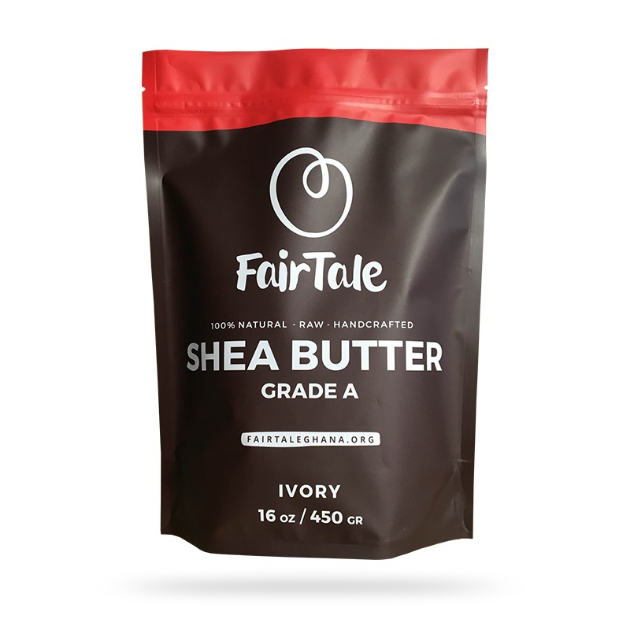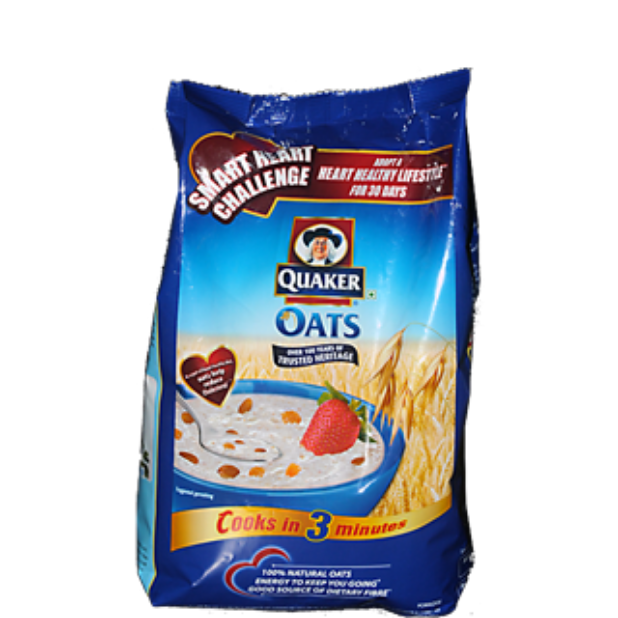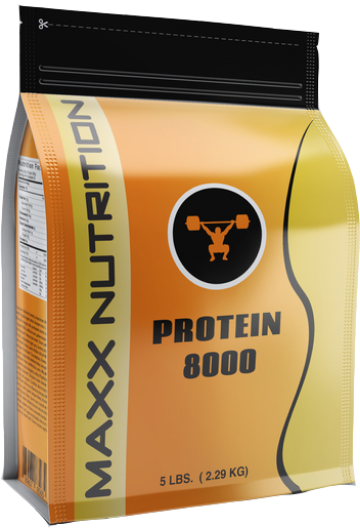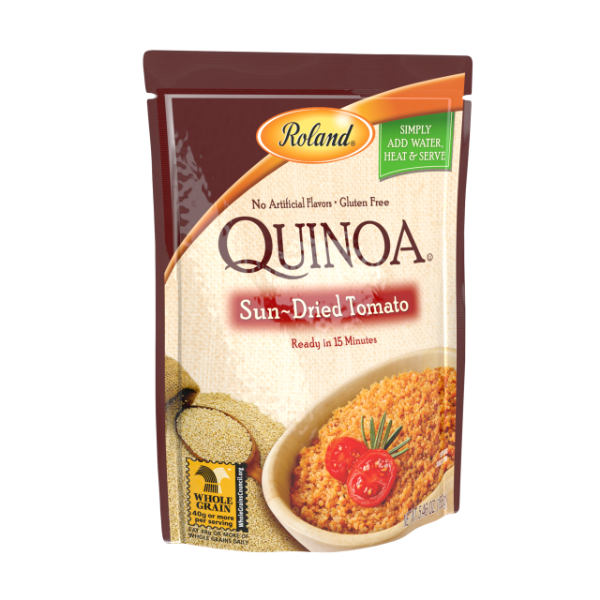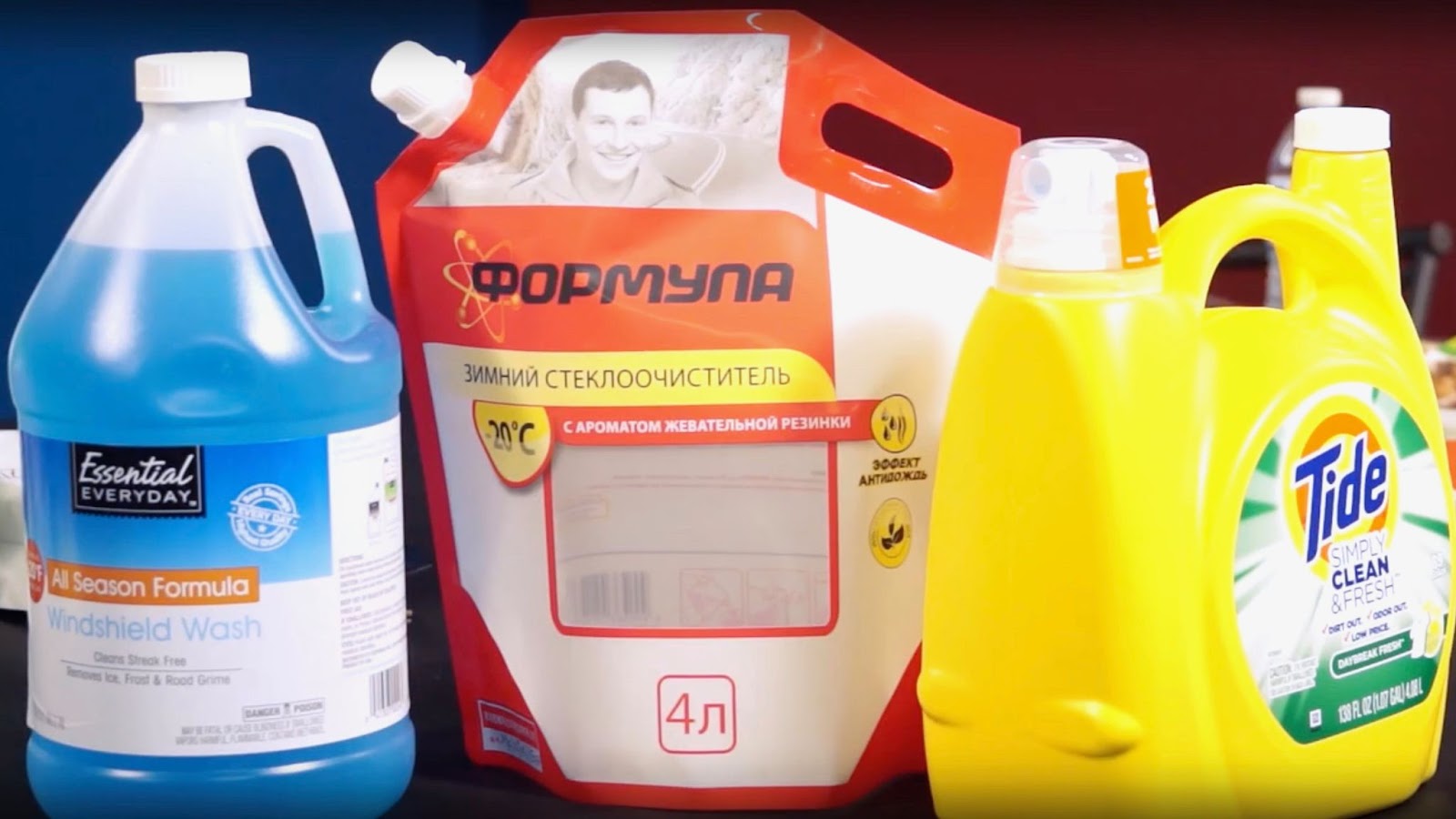
There’s a huge misunderstanding in environmentally-friendly packaging. Many buyers assume that in order for packaging to be eco-friendly, it’s got to be made from paper, or bamboo, or biodegradable plant fibers. These options are great — don’t get the wrong idea. However, the material that your package is made from only tells one part of the story.
Rigid Packaging vs. Flexible Packaging
We’ve got a landfill problem. Many of our packaging materials are rigid — think bottles, jugs, buckets, cartons, tin cans — and they occupy a lot of space, even when they’re totally empty. When those materials aren’t refilled, recycled, or otherwise re-used, they inevitably end up in landfills. The result? There’s a lot of air being buried in landfills. Empty space is one of the top sources of waste, per volume, in the packaging waste stream.
You don’t need a rigid container just because you’re selling liquid products. Spouted pouch packaging can hold and dispense large quantities of liquid, but it stores flat, ships flat, disposes flat, and uses 85% less plastic than an equivalent rigid plastic jug. That’s 85% of plastic that you’re saving from landfills, and even more physical space. Go flexible and market these staggering advantages to an audience that loves to know they’re having a positive impact through your innovatively packaged product.
Biodegradable vs. Recyclable
Biodegradable technologies have produced some really cool options, and they’re worth your consideration as you look around for the perfect packaging. New biodegradable plastic jugs, for instance, can theoretically decompose with sunlight, air, and moisture, like any other natural material.
However, there’s a catch. Will your packaging actually have the opportunity to decompose? What happens when it’s sandwiched between plastic trash bags and other non-biodegradables, suffocating at the bottom of a landfill? The lack of sunlight, air, water, and turning (as in a compost heap) really inhibits the ability of the package to degrade. The result may still be a big, rigid jug — mostly empty air — taking up space inside a landfill for years.
Flexible spouted pouch packaging, on the other hand, can be recycled and even made from recycled materials. Even if they don’t end up recycled by the consumer, at least they’ve been disposed of flat and will have minimal space impact as a waste product.
Carbon Footprint
Finally, you’ve got to consider the costs and environmental impact of your packaging in production, transportation, and storage. One of the best ways to help the environment in your packaging choice is to go with options that are lighter, flatter, and take less energy to produce. A spouted pouch is much easier to make (and with less resources) than a plastic or glass bottle, and you can ship many more in less space.
How many empty detergent jugs can you ship to your factory on one pallet? 40? 50? Instead, pack multiple thousands of flat, stacked spouted pouches and ship everything you need at once, then store it in a small space. This ultimately means you’ve saved inventory space while also reducing the number of trips required for shipping (and the fuel it burns). That’s an impactful reduction in your carbon footprint.
Call us up to learn more about how flexible spouted pouch packaging can make your brand environmentally friendly — and pop on the shelf!
